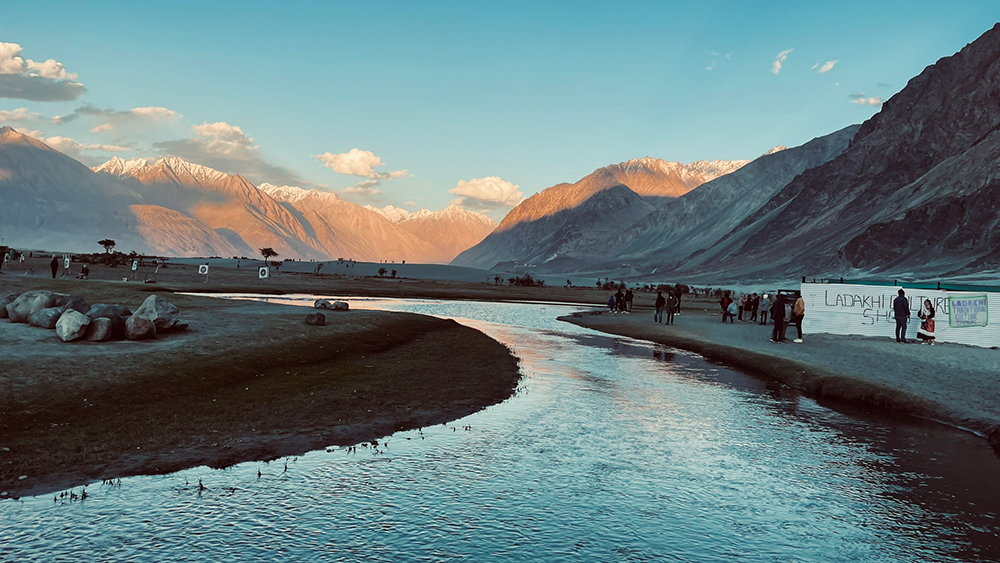Ladakh – the land of the highland passes – is now in season. It’s that time of the year when the mountain passes open up after being sheltered in snow for nearly six months, and tourists head off on road trips to the Leh Ladakh area. While visiting Ladakh is a imaginary experience, it is not really an easy trip. One needs to be arranged for it.
Here’s a ready reckoner on what the preparation for a trip to Ladakh entails.
How to Make a Ladakh Trip Itinerary
· The first (and most essential) thing you have to do before boarding on a trip to Ladakh is to pick up your itinerary. Leh, the capital of the Ladakh district, is a three day drive from Delhi (even though the distance is just 1,030 km). You will have to economical for the travel time – three days to reach and three days to return, and add following days for the places you want to visit in the region.
· Then, you have to figure out if you want to do the circuit circular – that is go via Srinagar and come back via Manali, or anti-clockwise. Both will take you the equal number of days.
· Depending on the number of days you can extra, make a plan to visit other places in the region. Just Leh and back would want only seven days, but the ideal trip should span over 14 days. Spending two weeks would allow you to visit the subsequent places –Zanskar Valley (a detour of two days from the Srinagar route), Nubra Valley (two days out of Leh), Pangong Tso (a day trip from Leh), Marsimik La (can be done beside with Pangong Tso, but take an extra day), Tso Moriri / Changthang (two days out of Leh, rather when returning towards Manali) and for the seriously adventurous – a diversion through Spiti Valley, which would add another five days to your itinerary.
· The weather in the Ladakh region can be quite changeable. The maximum temperature during the day can reach about 20-24 degrees centigrade between June and September, although night time temperature in certain locations can dip to minus 15 degrees. The icy cold winds can make it feel much colder as well, so be well organized.
· Pack warm thermal wear, a good wind cheater, gloves, cap, and sweaters. If you are biking, make sure you have full riding gear with a shielding lining, as it can get really cold near the passes.
· Riding or driving in the mountains has its dangers. Landslides could leave you stranded on the road, so be ready to spend a day out in the cold. Carry a sleeping bag and a small tent, if possible, to guard yourself from the elements. Carry a day’s worth of rations as well – drinking water and high-energy foods (chocolates and energy bars) would comfort.














